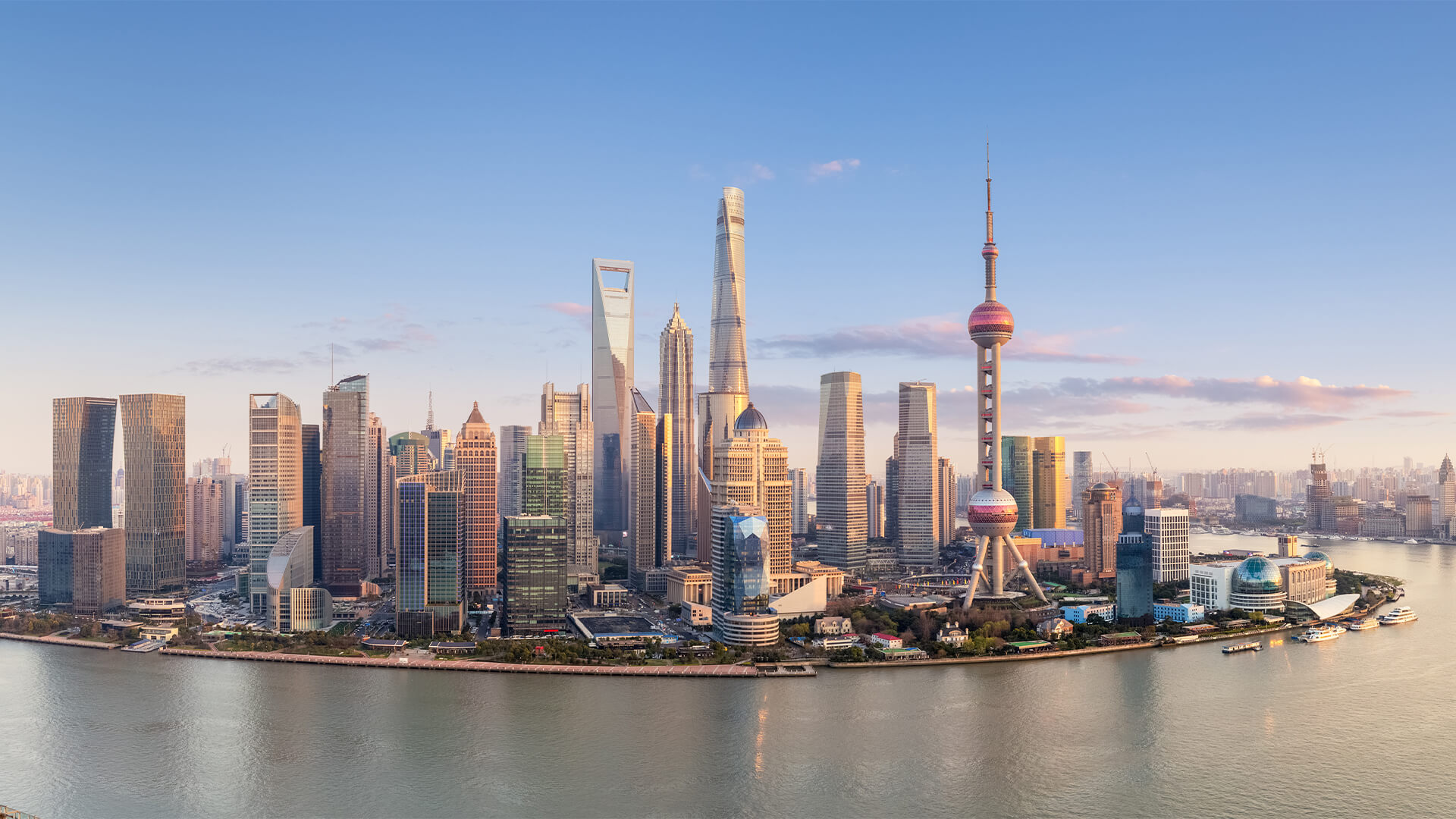
Skyscrapers are magnificent structures that can make anyone feel small in comparison. But did you ever wonder how they came to be? The evolution of skyscrapers is a fascinating journey that spans over a century (so far!). From the first towering structure in the late 1800s to the modern skyscrapers of today, this timeline will take you on a ride through history. Moreover, we’ll discuss what the future holds for these massive buildings.
Whether you’re a qualified Melbourne architect or simply curious about the fascinating history of skyscrapers, read on!
Late 1800s & Early 1900s
The Home Insurance Building, completed in 1885, is often considered the world’s first skyscraper. Standing at 138 feet, it was a ground-breaking feat of engineering at the time. This building’s success paved the way for the development of even taller structures.
In the early 1900s, the Flatiron Building in New York City became a popular icon and introduced the use of steel to build tall buildings. With advancements in elevator technology and steel manufacturing, skyscrapers became more common in the 1920s, leading to the construction of the iconic Chrysler Building and Empire State Building in the 1930s.
Post WWII
In the post-World War II era, architectural styles shifted towards a more modernist approach, and glass became the preferred building material. Improvements in structural engineering led to the construction of taller and more massive buildings, such as the Willis Tower and the World Trade Center.
The 1990s saw the rise of supertall skyscrapers, primarily in Asia, with the completion of the Petronas Twin Towers in Malaysia and Taipei 101 in Taiwan.
In recent years, sustainability has become a significant consideration in skyscraper construction
Many new structures are being built with features like green roofs, solar panels, and rainwater harvesting systems to minimise environmental impact. Additionally, new materials such as mass timber and cross-laminated timber (CLT) are being used in tall building construction, offering more eco-friendly alternatives to traditional building materials.
So, what’s next for the evolution of high-rise buildings?
Many architects and urban planners are exploring the possibilities of vertical cities, expanding upon the concept of mixed-use buildings to create self-contained communities within a single high-rise structure. These buildings could include everything from residential apartments and office space to supermarkets and green spaces, creating a truly sustainable and community-focused living environment.
Additionally, futuristic materials and energy-efficient technology could make high-rise construction more environmentally friendly and cost-effective than ever before.
The future of skyscrapers is bright, with engineers and architects experimenting with new shapes, materials, and designs. Futuristic concepts include entire cities built within vertical structures, modular skyscrapers where portions can be detached and replaced, and even buildings that clean air in their surroundings.
Furthermore, as technology continues to evolve, we may see more developments like the Burj Khalifa in Dubai, which features elevators that can travel at a speed of up to 45 miles per hour.
The evolution of skyscrapers has been a remarkable journey, and the future looks even more exciting
Skyscrapers have come a long way from humble beginnings to the towering structures we see today. From aesthetic design to innovative engineering practices, skyscrapers are continually evolving, adapting to new technologies and changing societal needs. As we embrace the future, it will be fascinating to see the developments and progress that the world’s best architects and engineers come up with to shape the skyline of tomorrow. Onwards and upwards!

 Best Prom Dress colour To Complement Your Skin Tone
Best Prom Dress colour To Complement Your Skin Tone 